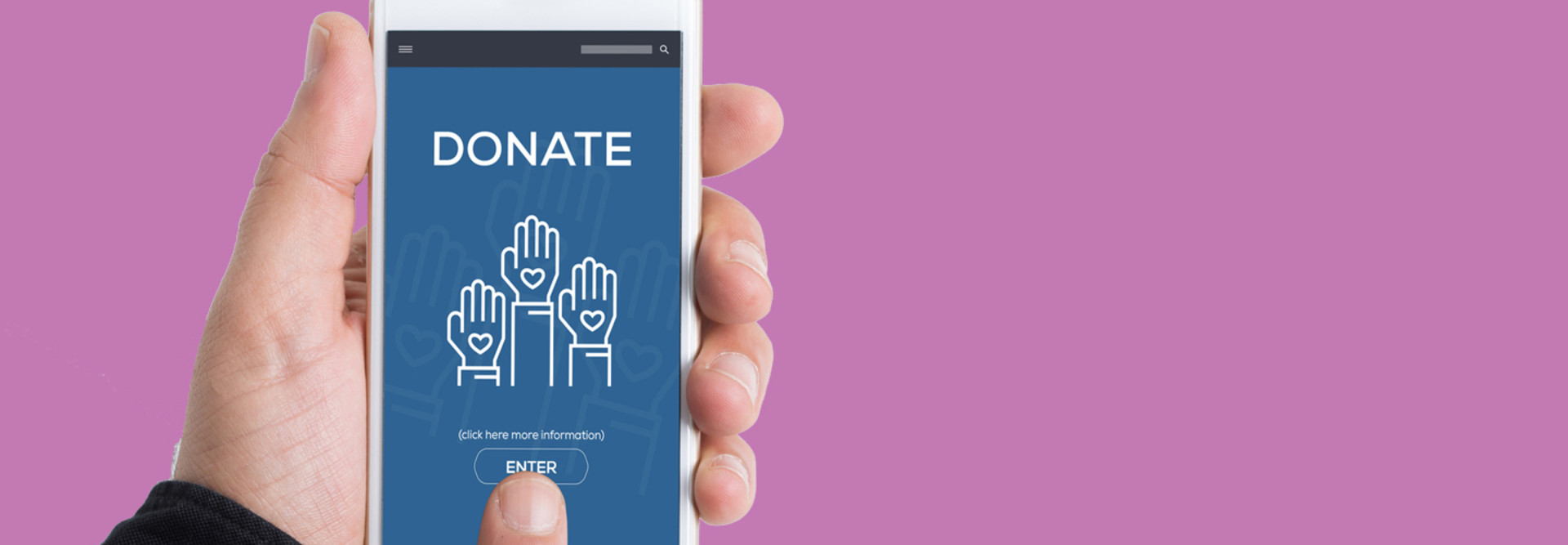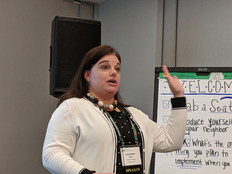4 Tips to Get Ahead of Giving Tuesday with Tech
Are you ready for Giving Tuesday? The feel-good day of philanthropy falls this year on Nov. 27, just after the consumer-focused sales events of Black Friday and Cyber Monday.
Founded in 2012 by the 92nd Street Y and the United Nations Foundation, Giving Tuesday encourages generosity — often in the form of monetary donations, but sometimes in donations of time and talent — fueled through social media campaigns and the hashtag #GivingTuesday. Its popularity has grown each year, with Giving Tuesday helping to raise more than $300 million in 2017.
Engaging donors in the digital world can be a challenge, but nonprofits can help themselves out by using technology wisely. As this year’s Giving Tuesday approaches, nonprofits that plan to participate should be taking steps now to ensure they can make the most of the day. Here are a few things nonprofits can do to get started.
MORE FROM BIZTECH: Discover how nonprofits can protect online donations and donor data!
1. Ensure Your Website Can Handle a Flood of Donations
When preparing for Giving Tuesday, make sure your website is optimized for collecting donations. Giving Tuesday, which offers planning resources on its website, says nonprofits should customize donations pages with information about their organizations.
“Donors are more likely to donate on a branded donation page versus an unbranded PayPal page,” the organization says. “Impact stories that accompany donation amounts help build trust with donors.”
Beyond content, function is important, too. Donations pages should also be easy to find and easy to use, according to Giving Tuesday, and compatible with mobile and tablet devices as well as desktops.
NonProfitHub, an online educational community for nonprofits, says organizations should make sure their website is capable of handling increased web traffic. “You don’t want potential donors to be frustrated by cumbersome or clunky technology,” the hub suggests. “Cleanly designed sites with large, clickable buttons and a smooth transaction process will greatly maximize your success.”
Having someone walk through the online donation experience can pinpoint any hiccups. “Make sure every click, call to action, and thank you is shared as efficiently and effectively as possible,” says Network for Good, an online fundraising platform for charities and nonprofits.
Nonprofits should also work with their network technology vendors and internet service providers to ensure their back-end network infrastructure can handle larger than normal traffic volumes. Nonprofits can work with content delivery networks, cloud-based services designed to optimize the delivery of content to users. They can also look into load-balancing tools and software, which can reroute high amounts of traffic to servers that can handle it.
2. Use a Variety of Tools to Communicate with Potential Donors
Reach out to donors ahead of time to let them know about Giving Tuesday plans. “Get the crowd excited and let them know how they can help you get the message out to a much wider audience,” NonProfitHub says. This can be done via email, social media, blogs or a public relations campaign.
Giving Tuesday suggests organizations send an email out to potential donors at least a week before Nov. 27, another a few days in advance, and then send multiple emails throughout the day of Giving Tuesday.
However, Network for Good notes, organizations should connect their email marketing systems with their donor databases so donors who gave earlier in the day don’t receive a second or third email appeal.
MORE FROM BIZTECH: Find out what nonprofits should ask about when hiring freelance IT help!
3. Nonprofits Must Get Engaged on Social Media
Social media is key to Giving Tuesday’s success. Classy, a fundraising platform for social impact organizations, suggests organizations ask supporters to donate $5 on Giving Tuesday and then post about it on social media, tagging five of their friends and asking them to match the donation.
“People are much more moved by being personally asked than by a broad appeal to everyone,” the organization says. “This approach will help mobilize supporters of all ages and particularly those who spend a lot of time on Facebook, Twitter, and Instagram.”
Giving Tuesday suggests organizations include the hashtag #GivingTuesday on all their social media posts leading up to the day, and include a donate button on their Facebook page.
However, in a post on The Fundraising Authority, a website that offers fundraising information for nonprofits, Joe Garecht, a nonprofit fundraising consultant, says social media itself is “a terrible fundraising medium.”
“Most people do NOT click ‘donate now’ because of a social media post,” Garecht writes. “What social media is good for is sending people over to your organization’s website by posting links to interesting, compelling, and informative content. Once donors and prospects click over to your website, you should be doing everything possible to get them to give you their e-mail address (e.g. by signing up for your e-newsletter or to receive an e-book or other giveaway).”
4. Use Tech Tools to Follow Up with Donors
Follow-up is key to a successful Giving Tuesday campaign, says nonprofit fundraising platform Classy. Thanking donors lets them know you appreciate them and helps build a longer-term relationship. Prepare follow-up email contacts that include how Giving Tuesday plays into your larger fundraising efforts and an invitation to participate in an upcoming event. Classy also suggests tailoring a follow-up campaign directed at first-time donors as well as customized notes to regular donors.
Have a donor management system in place to track and store information about your campaign, adds Network for Good. This will help you pinpoint your most engaged supporters. “This tactic gives you a good idea of who has an active presence online and who would be best to recruit for your next peer-to-peer fundraising campaign,” the organization says.
Depending on how your donors accessed your campaign, follow-up can also take the form of text messages.
“Text messaging allows you to follow up quickly after the donor takes the first step in engaging with or donating to your organization,” says Mobile Cause, a provider of fundraising software. “In addition, donors likely won’t miss this expression of thanks as text messages have a 98% open rate.”









